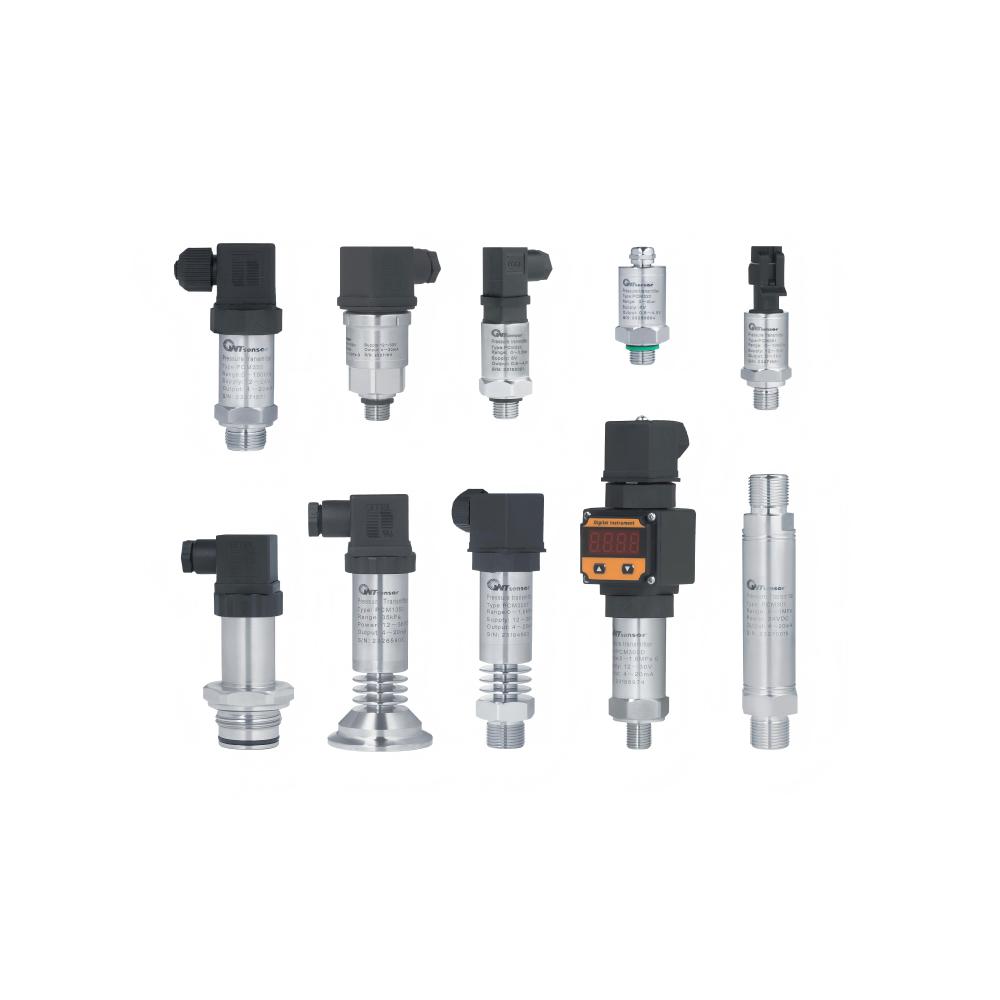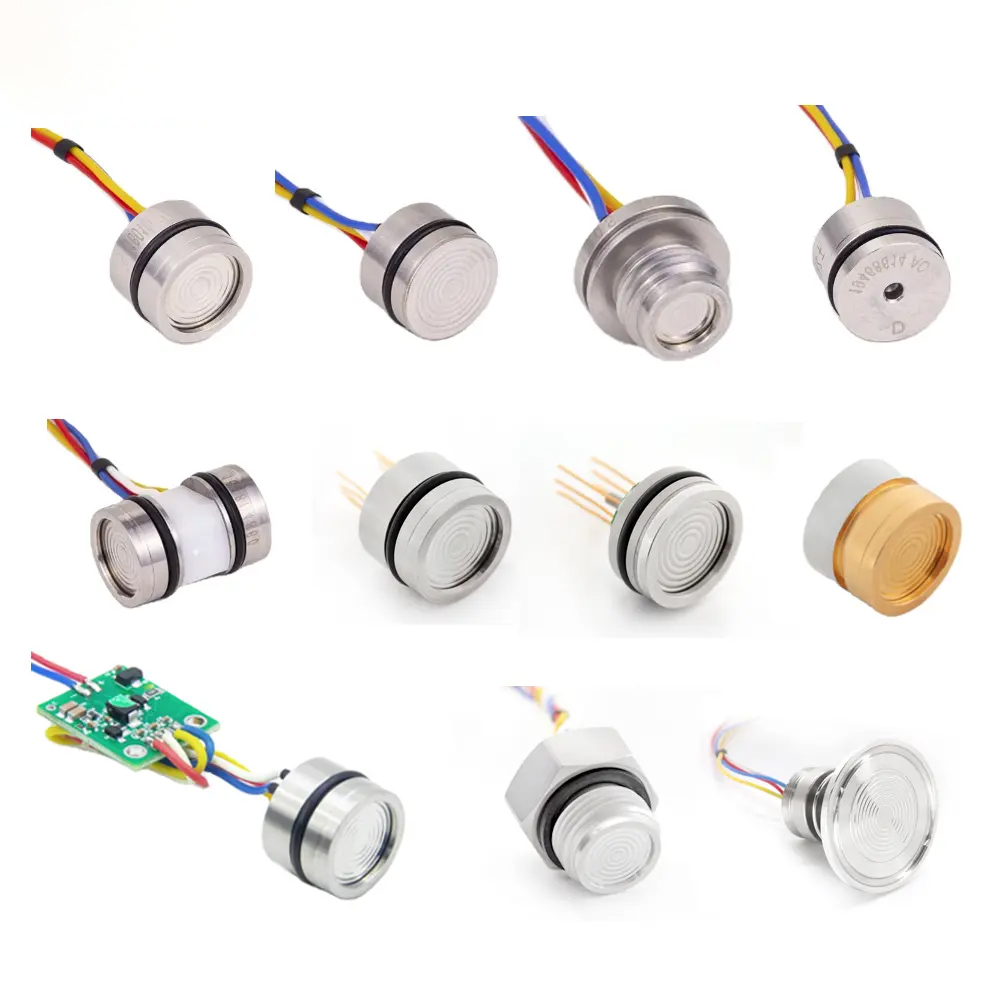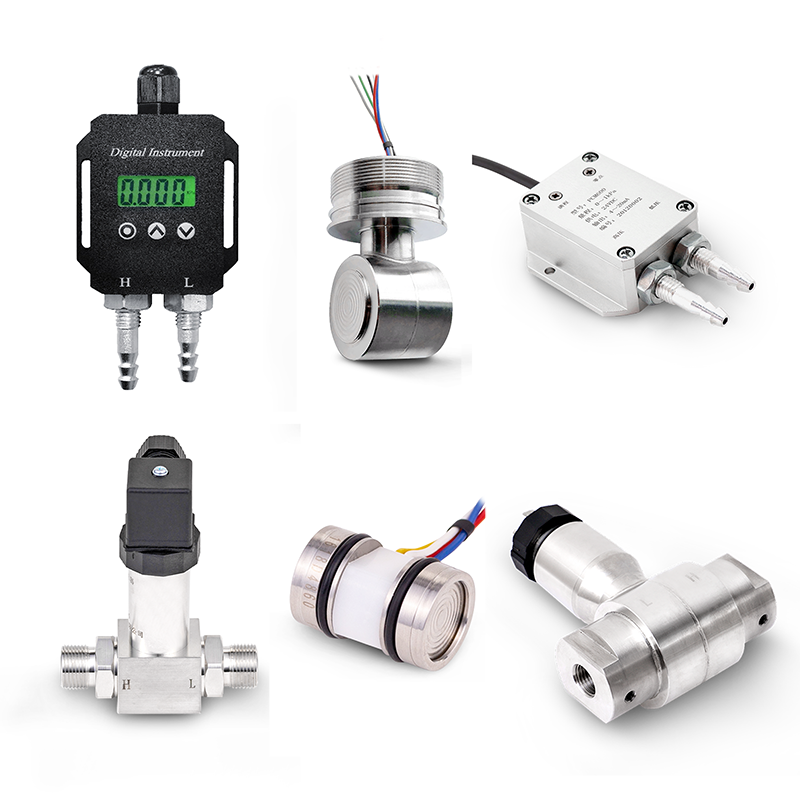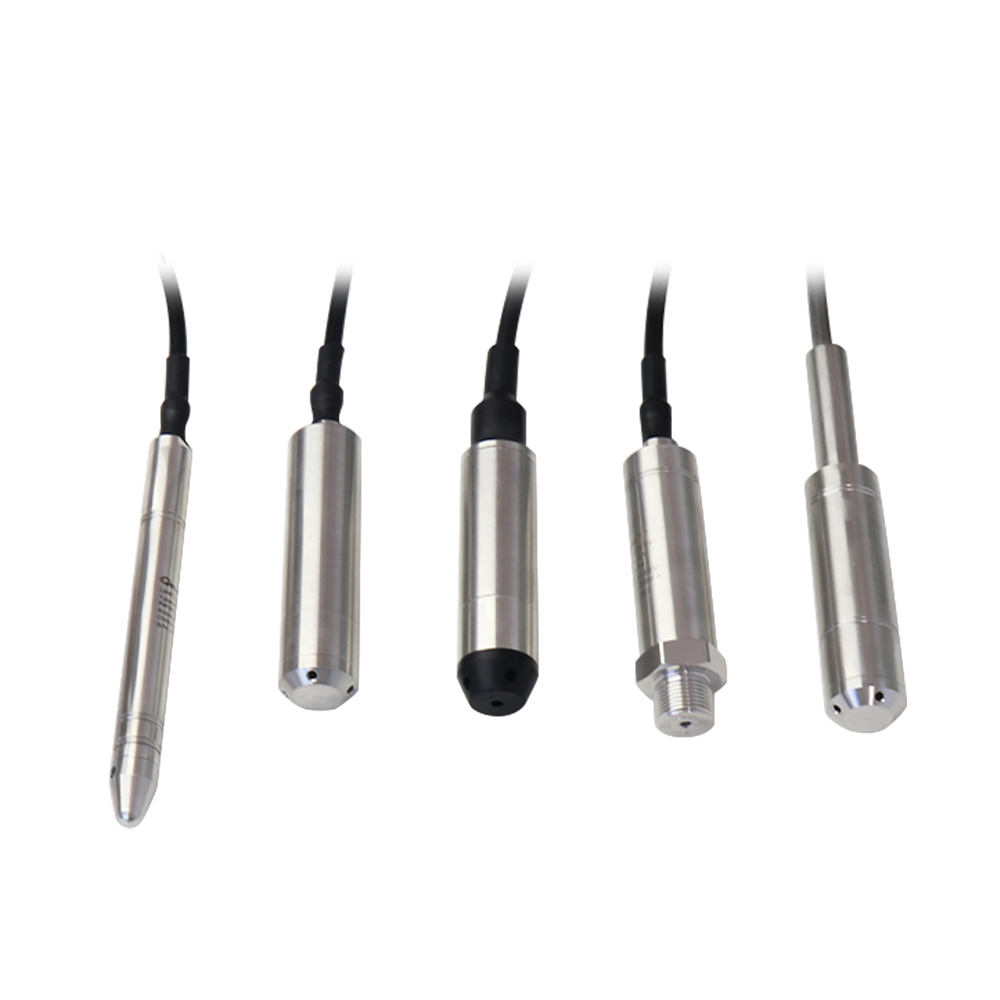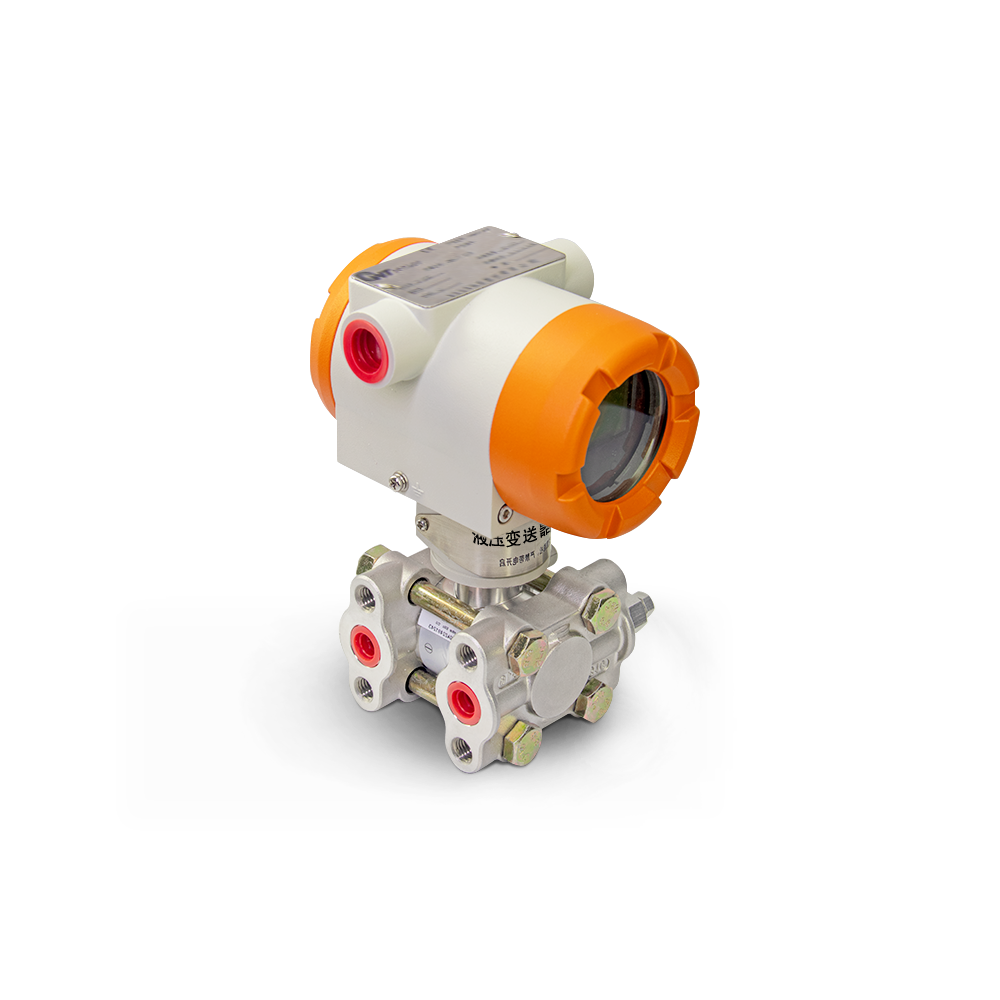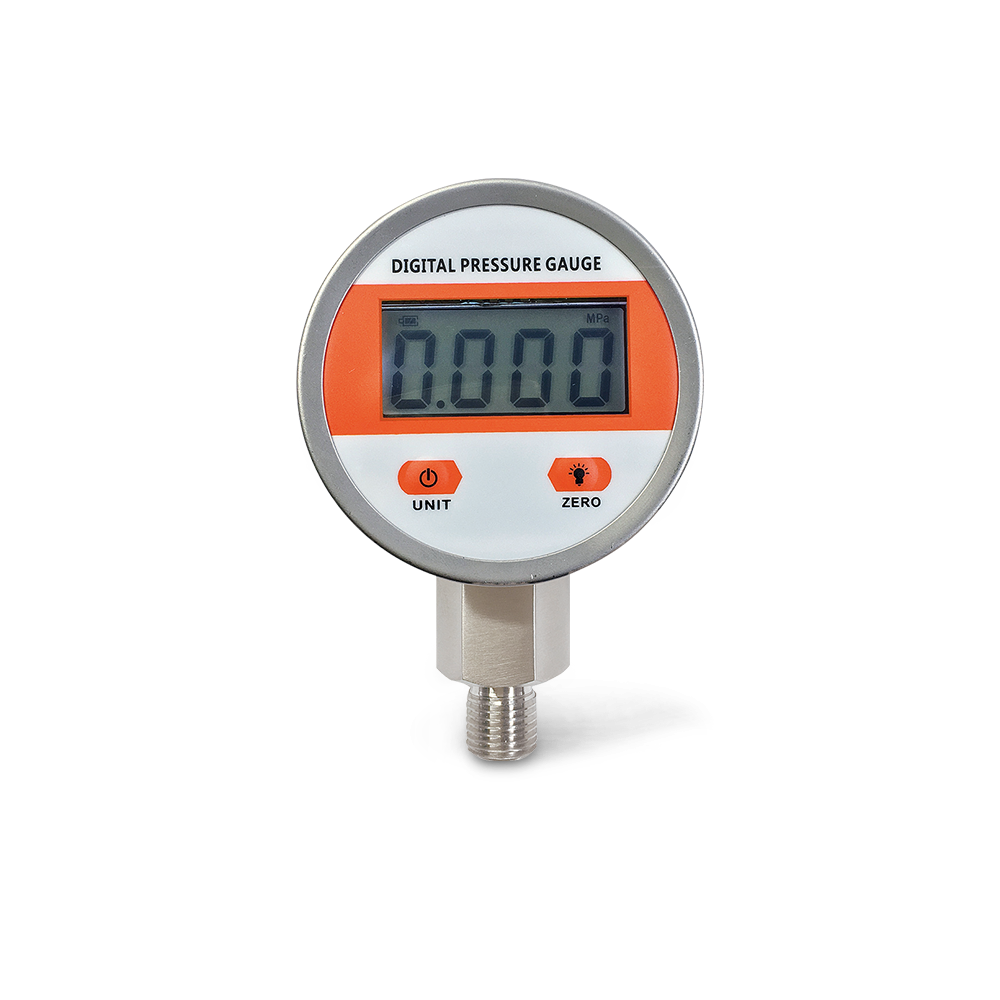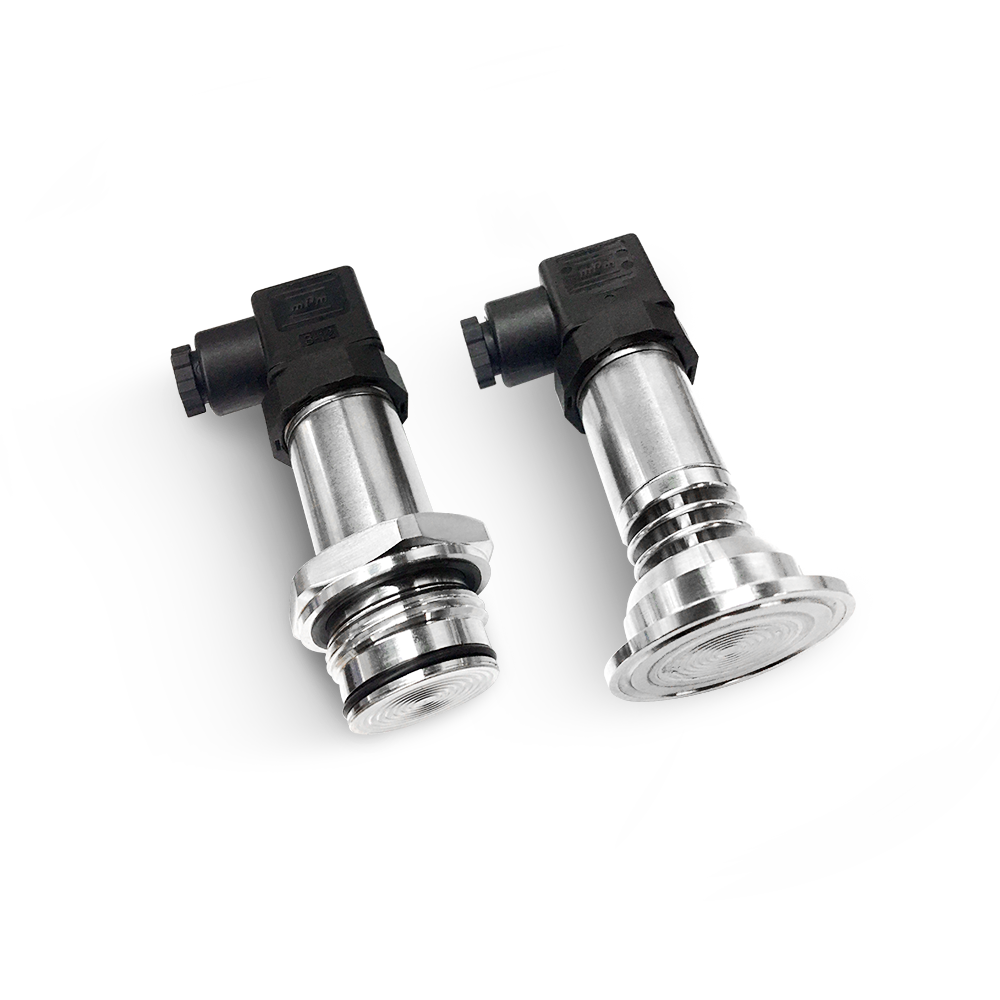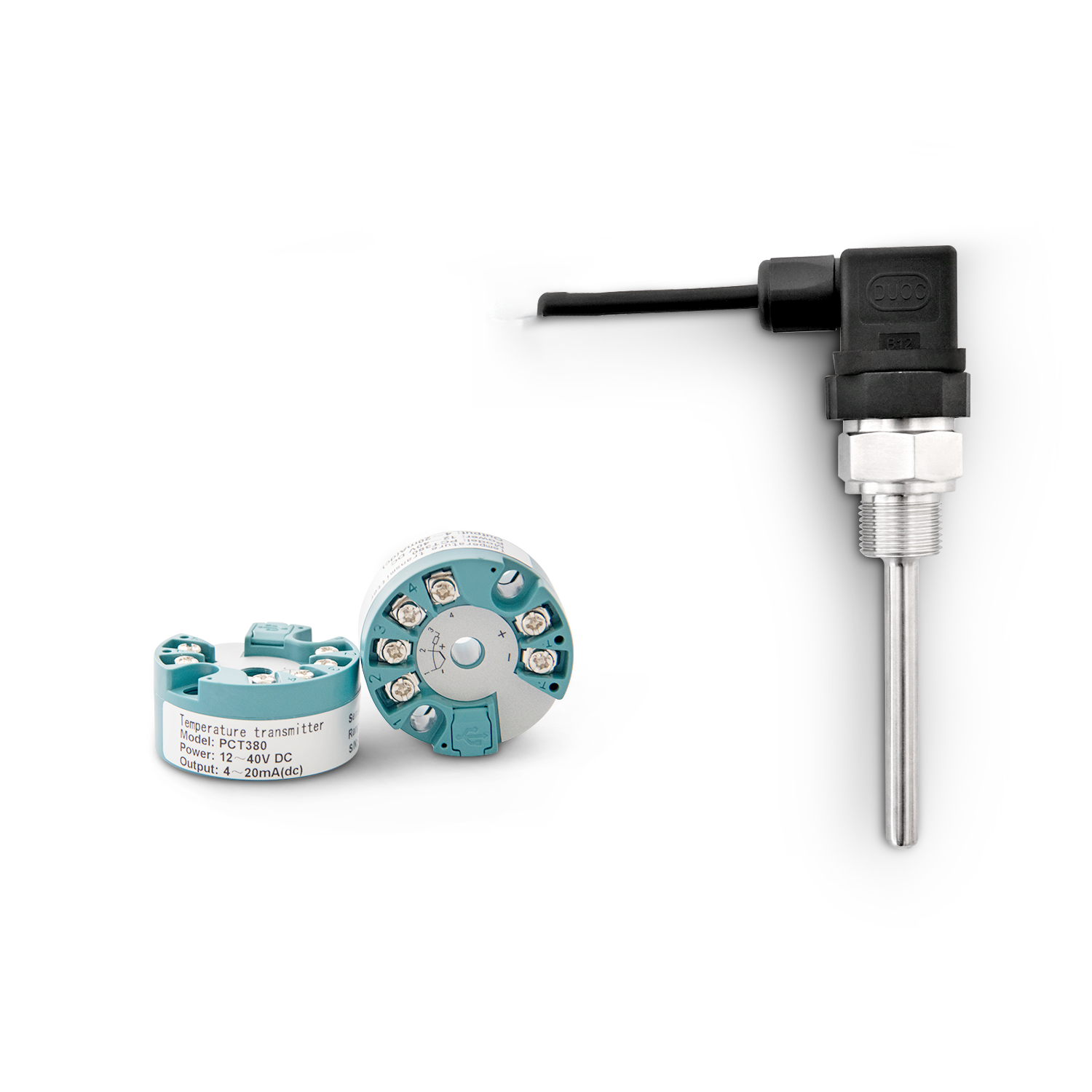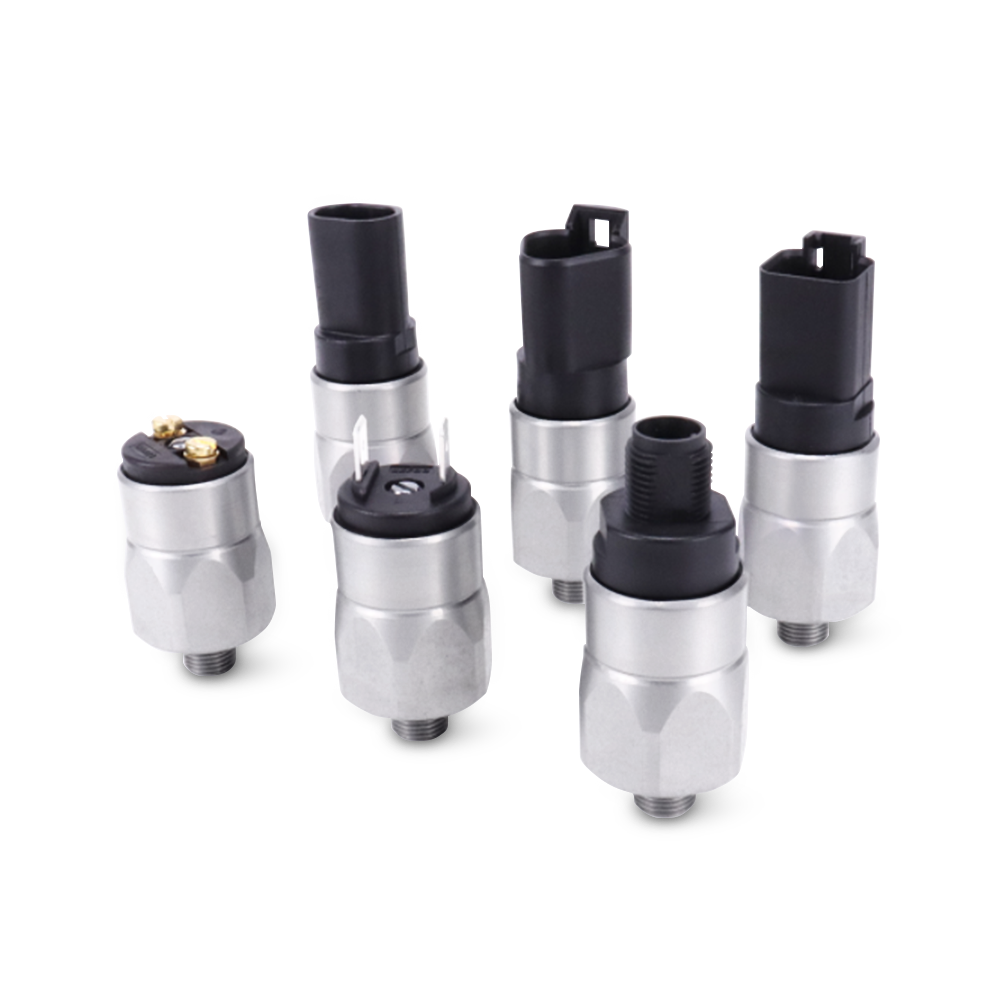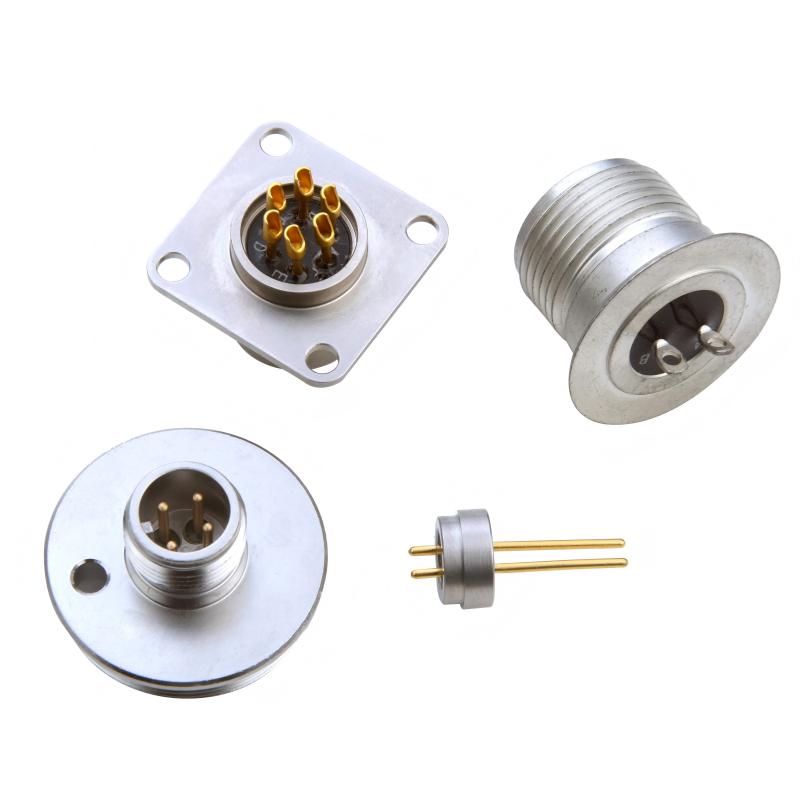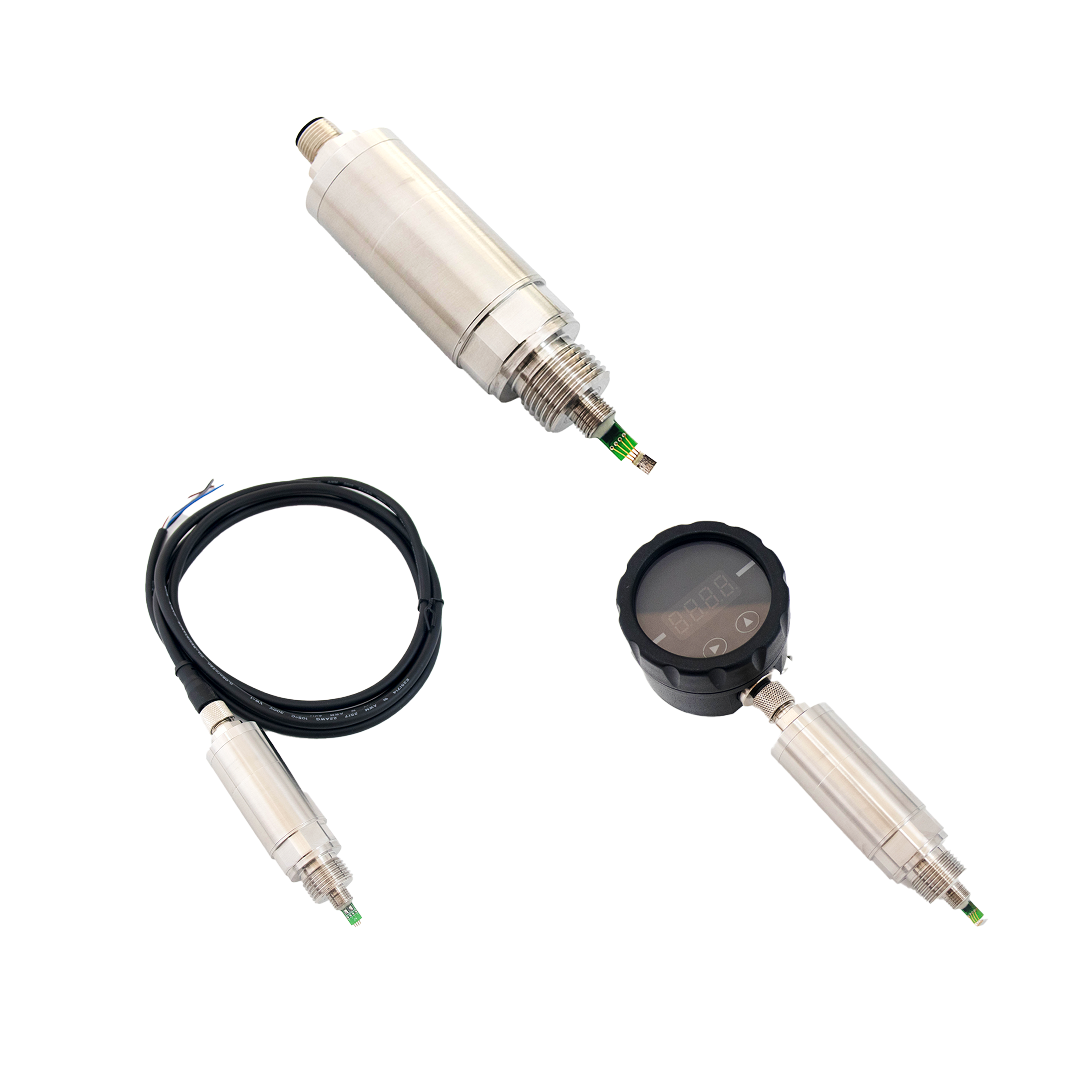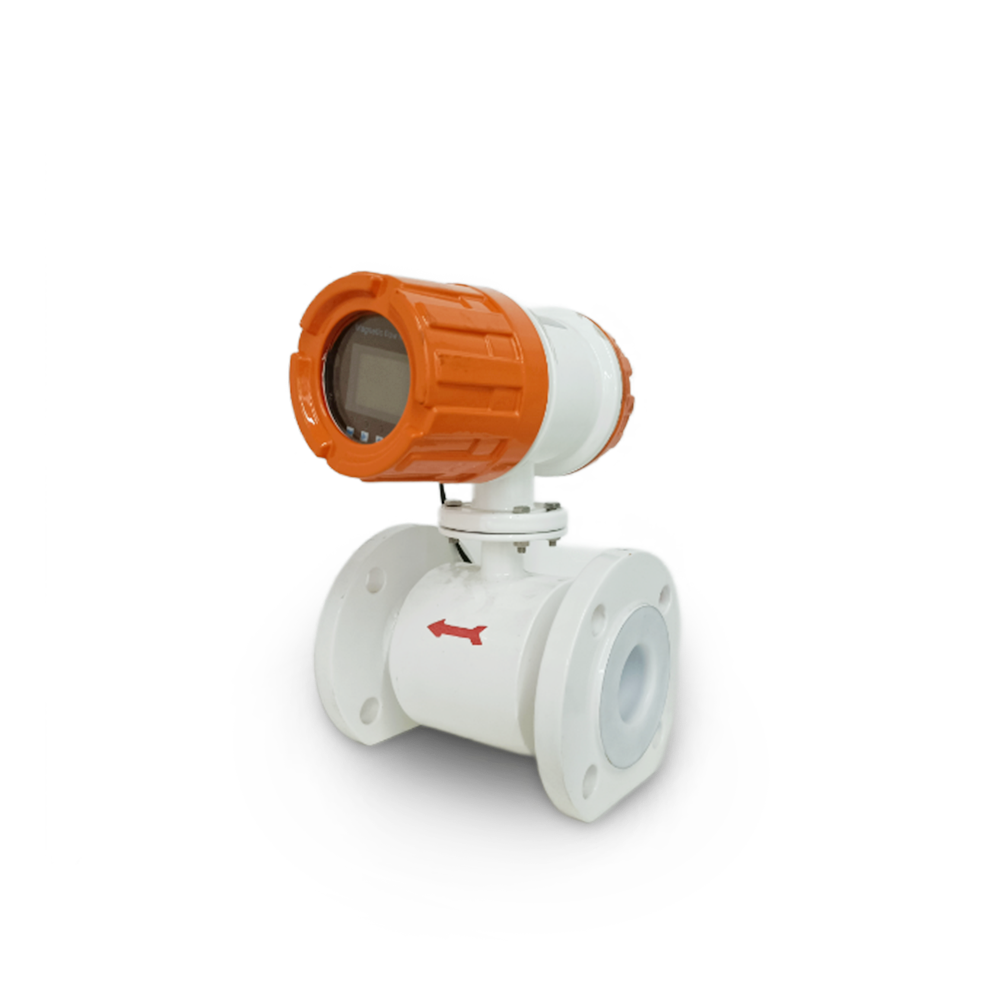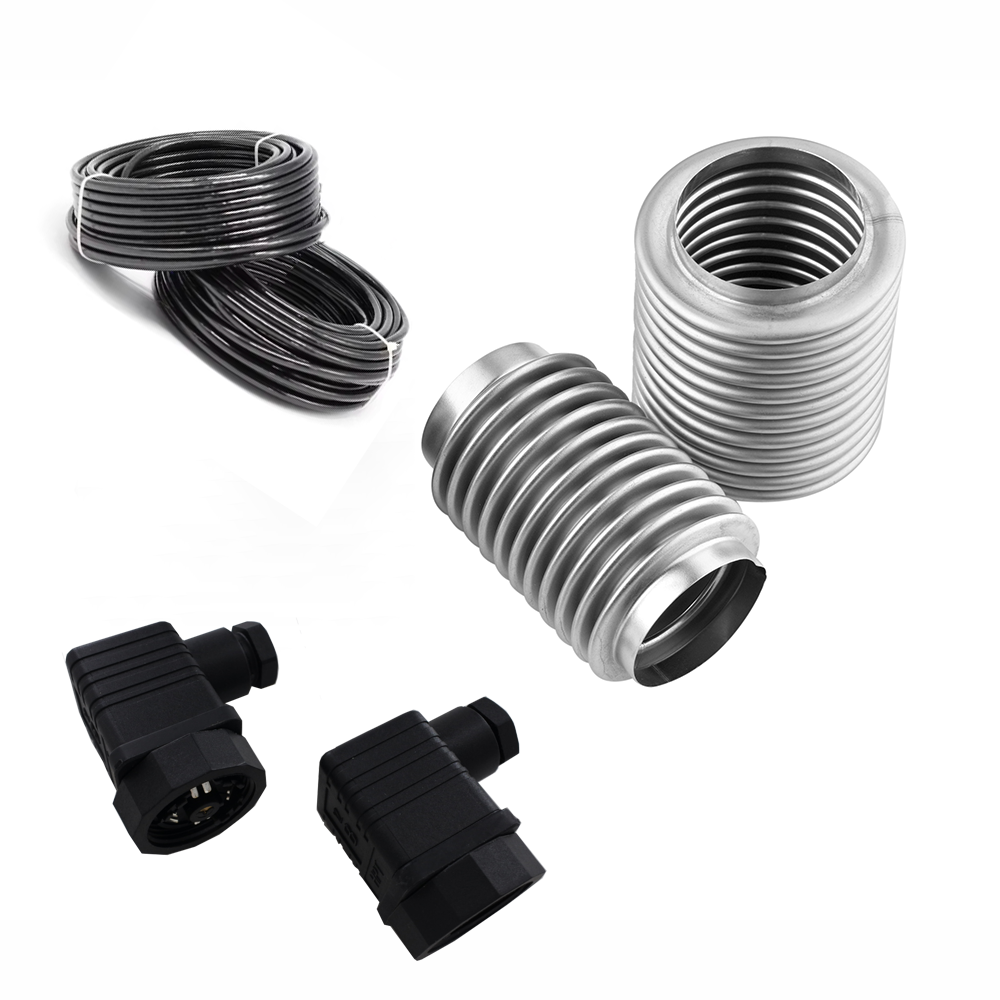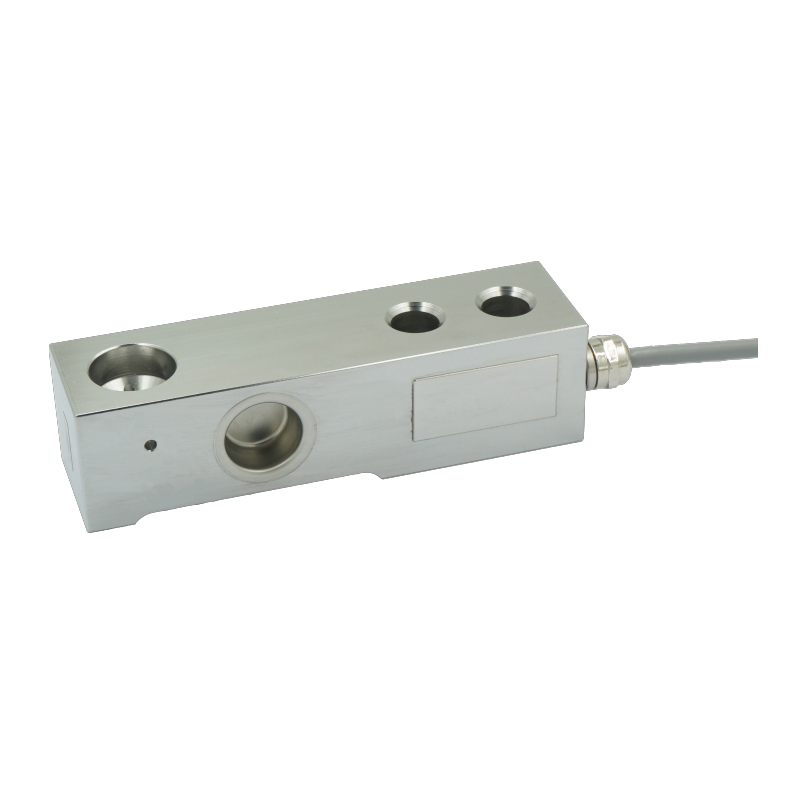Why Do Pressure Chips Measure Pressure
From: Issued date 2024.12.12 Back
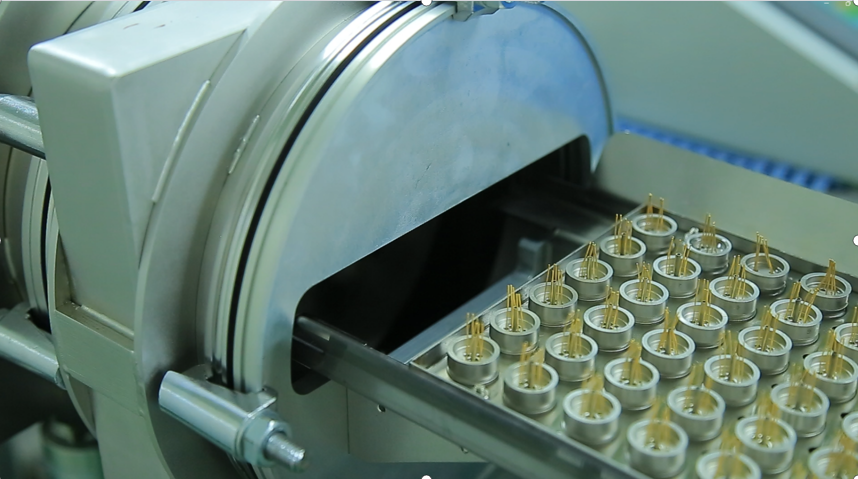
Pressure chips play a critical role in accurately measuring pressure by leveraging fundamental principles of physics and material science. Let’s break down the mechanisms behind this capability and address specific nuances, including why our PC13 model is unsuitable for small-range measurements.
1. How Pressure Chips Measure Pressure
Fixed Area as a Denominator
Pressure is defined as force per unit area. On a pressure chip, the sensing area is fixed, serving as the denominator in the equation. When a force is exerted on the chip, the resulting pressure can be calculated based on this relationship.
Gauge Pressure vs. Absolute Pressure
Gauge Pressure: Measures pressure relative to the current atmospheric pressure. It reflects the difference between the pressure applied to the chip and the surrounding atmospheric conditions.
Absolute Pressure: Uses a vacuum reference inside the chip itself, measuring pressure independently of atmospheric variations.
These principles allow pressure chips to quantify pressure changes in various applications.
2. Understanding Sealed Pressure Sensors
Sealed pressure sensors operate on the same principles as gauge or absolute pressure measurements, depending on the reference point:
Adiabatic Pressure: Both gauge and absolute pressure rely on constant quantities as reference points.
Sealed Environment: In sealed sensors, a vacuum is established inside. The sensor's zero point is calibrated to align with the current atmospheric pressure.
This vacuum ensures consistent and precise measurements, regardless of external environmental changes.
3. Why PC13 Cannot Measure Small Ranges
Our PC13 pressure sensor is specifically designed for certain applications but is not suitable for small-range measurements due to the following reasons:
Small Diameter: The compact design of the PC13 restricts its ability to accommodate thermal expansion.
High-Temperature Sensitivity: At elevated temperatures, the internal components of the PC13 experience expansion, increasing internal pressure disproportionately to the applied pressure.
Temperature Drift: This temperature-induced variation results in significant inaccuracies, making the PC13 unsuitable for small-range pressure measurements where precision is critical.
4. The Role of Temperature in Pressure Measurements
Temperature fundamentally impacts pressure measurement due to its relationship with molecular motion:
Molecular Motion: Higher temperatures increase the speed and intensity of molecular movement, causing materials to expand. For example, a balloon in a high-temperature environment will expand compared to one in a low-temperature setting.
Impact on Sensors: This expansion affects the internal structure of the pressure sensor, especially in small-diameter models like the PC13, leading to measurement inaccuracies.
5. Atmospheric and Vacuum Pressure
Current vs. Standard Atmospheric Pressure
Current Atmospheric Pressure: The variable pressure exerted by the atmosphere at a specific location and temperature.
Standard Atmospheric Pressure: A fixed reference value (101.325 kPa) representing the pressure at sea level under standard conditions, established by physicist Torricelli in 1644.
Vacuum as a Reference
In the context of sensors, a vacuum represents a state with no gaseous substance, providing a stable and absolute reference point for pressure measurements. This concept is critical for precise sensor calibration.
6. The Concept of Pressure and Material Properties
Pressure Fundamentals
Pressure is the force applied per unit area. For liquids and gases, this force is distributed across the surface, making pressure a vital parameter in understanding their behavior.
Material Properties and Molecular Forces
States of Matter: Solids, liquids, and gases differ in molecular arrangement and stability, with temperature determining their state.
Molecular Forces: Intermolecular forces, including attraction and repulsion, play a significant role in pressure dynamics. These forces collectively create the measurable pressure exerted by materials.
Our PC13 sensor is a robust product designed for specific applications but has limitations for small-range pressure due to temperature-induced inaccuracies. By understanding the physics behind pressure measurements and the role of environmental factors, our pressure chips demonstrate their value in providing reliable and accurate pressure readings for a wide range of industrial needs.
This article Tags: pressure sensor pressure transmitter
Back to List
